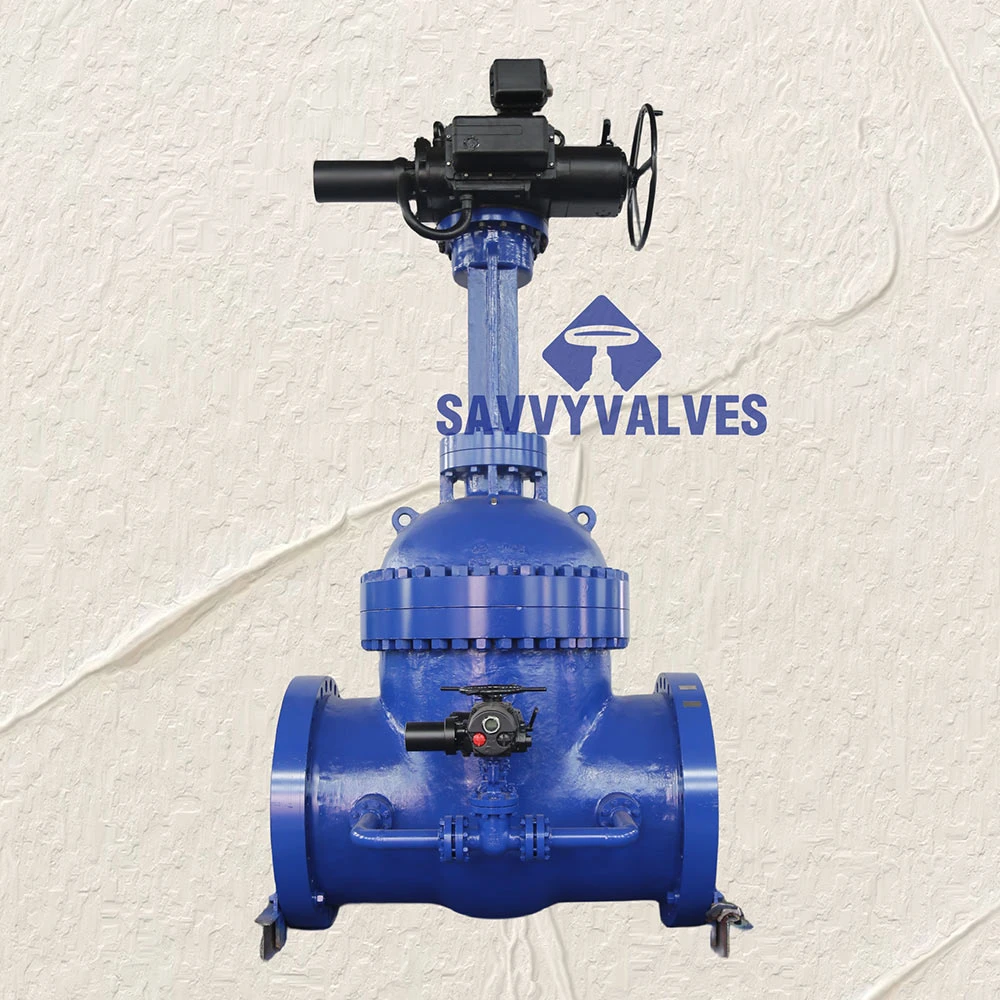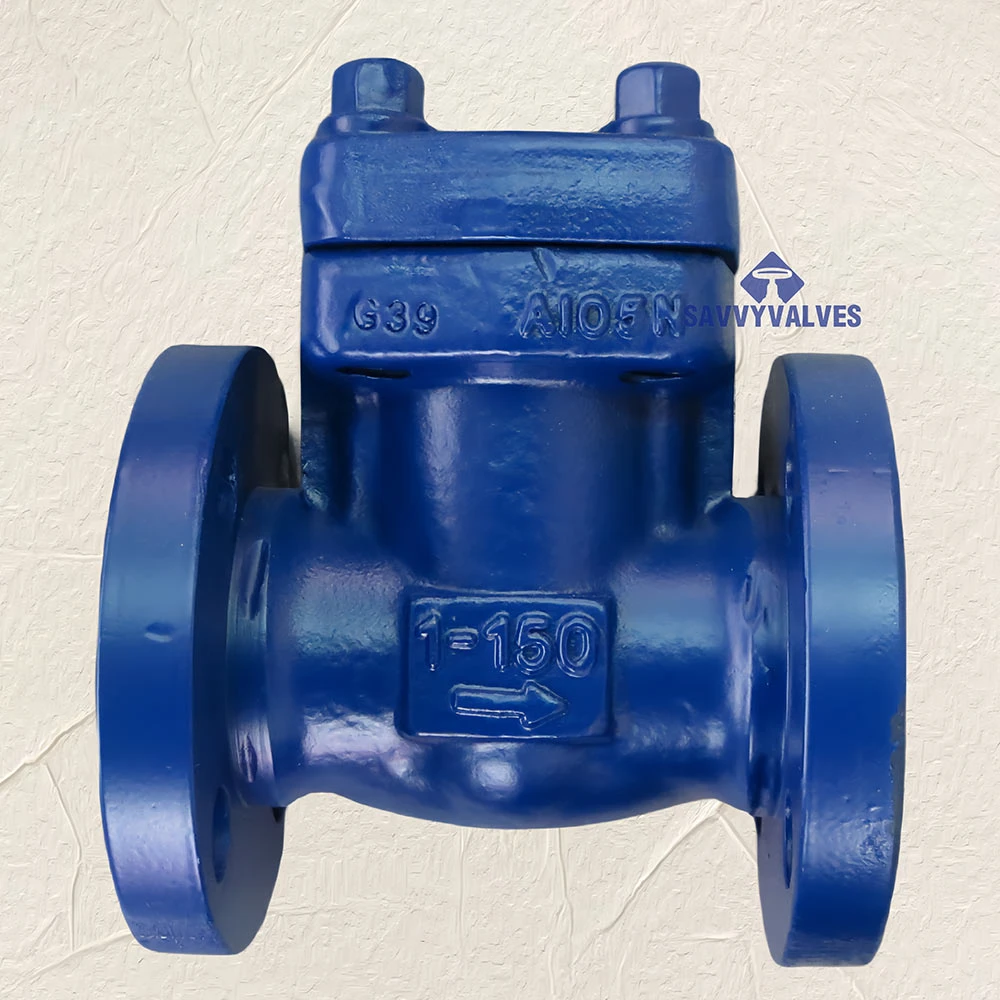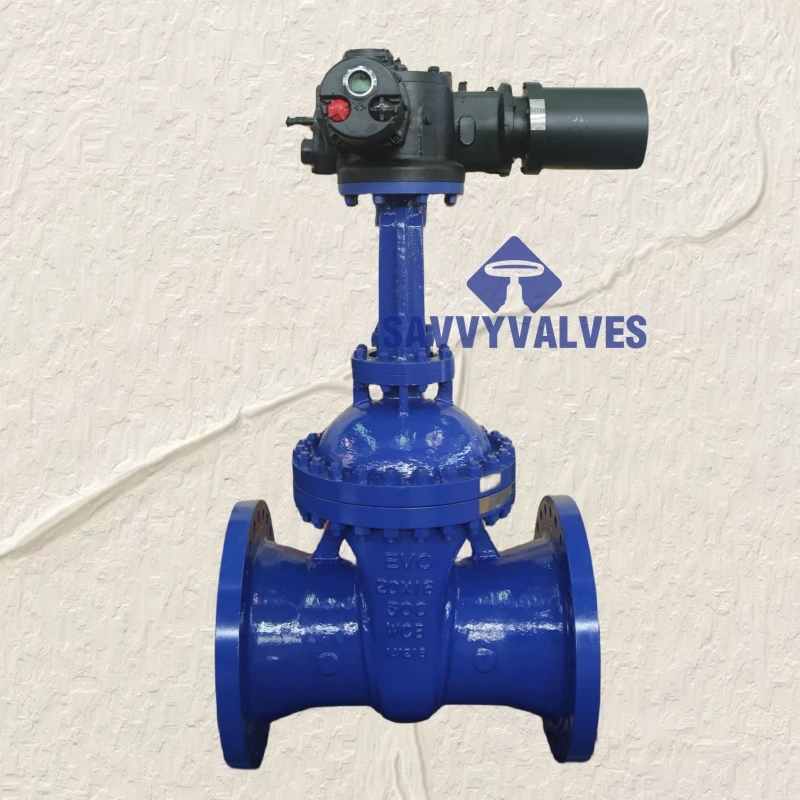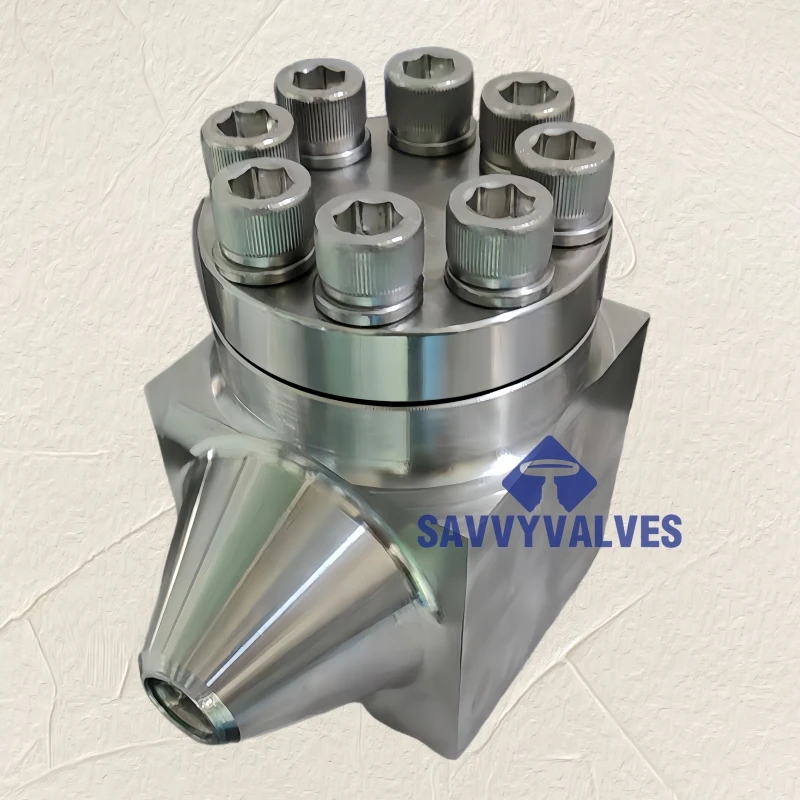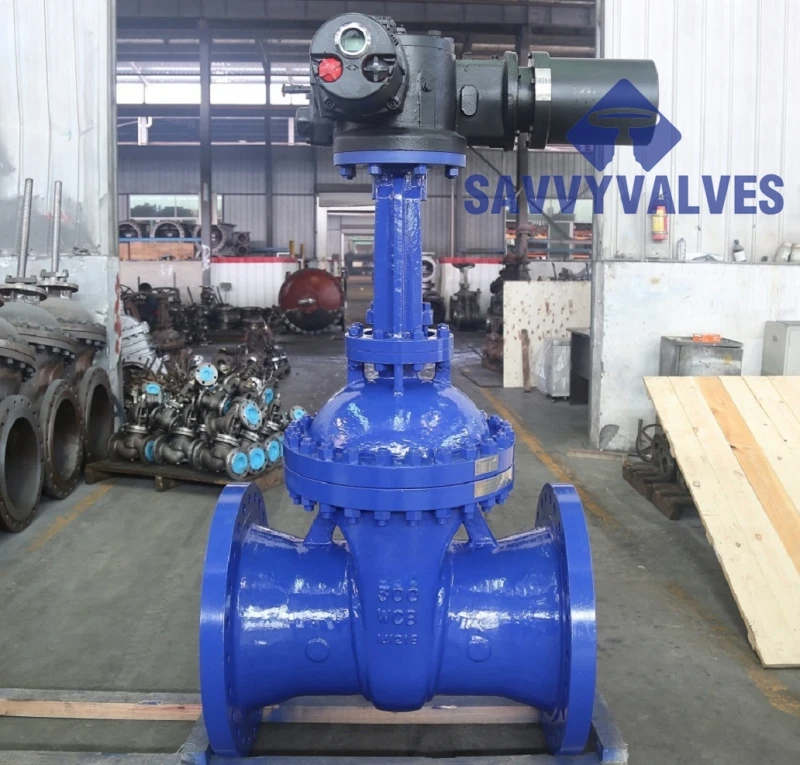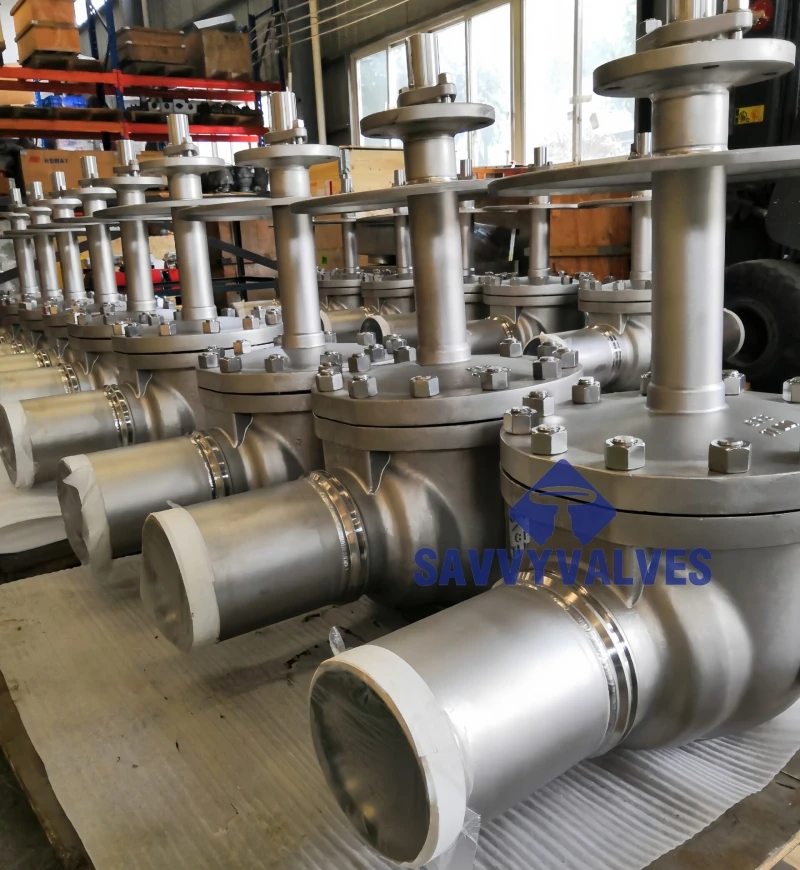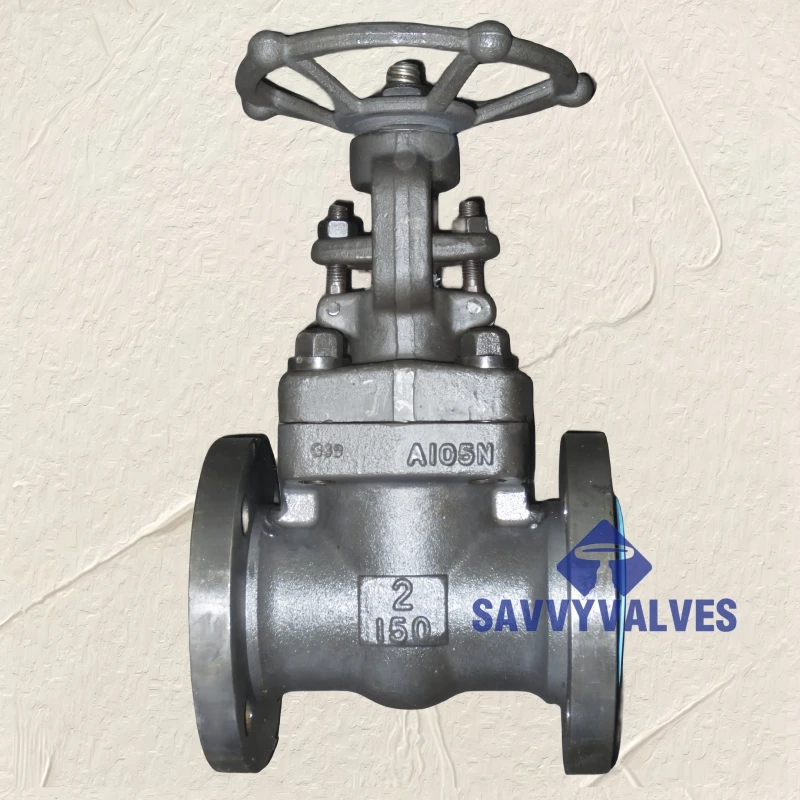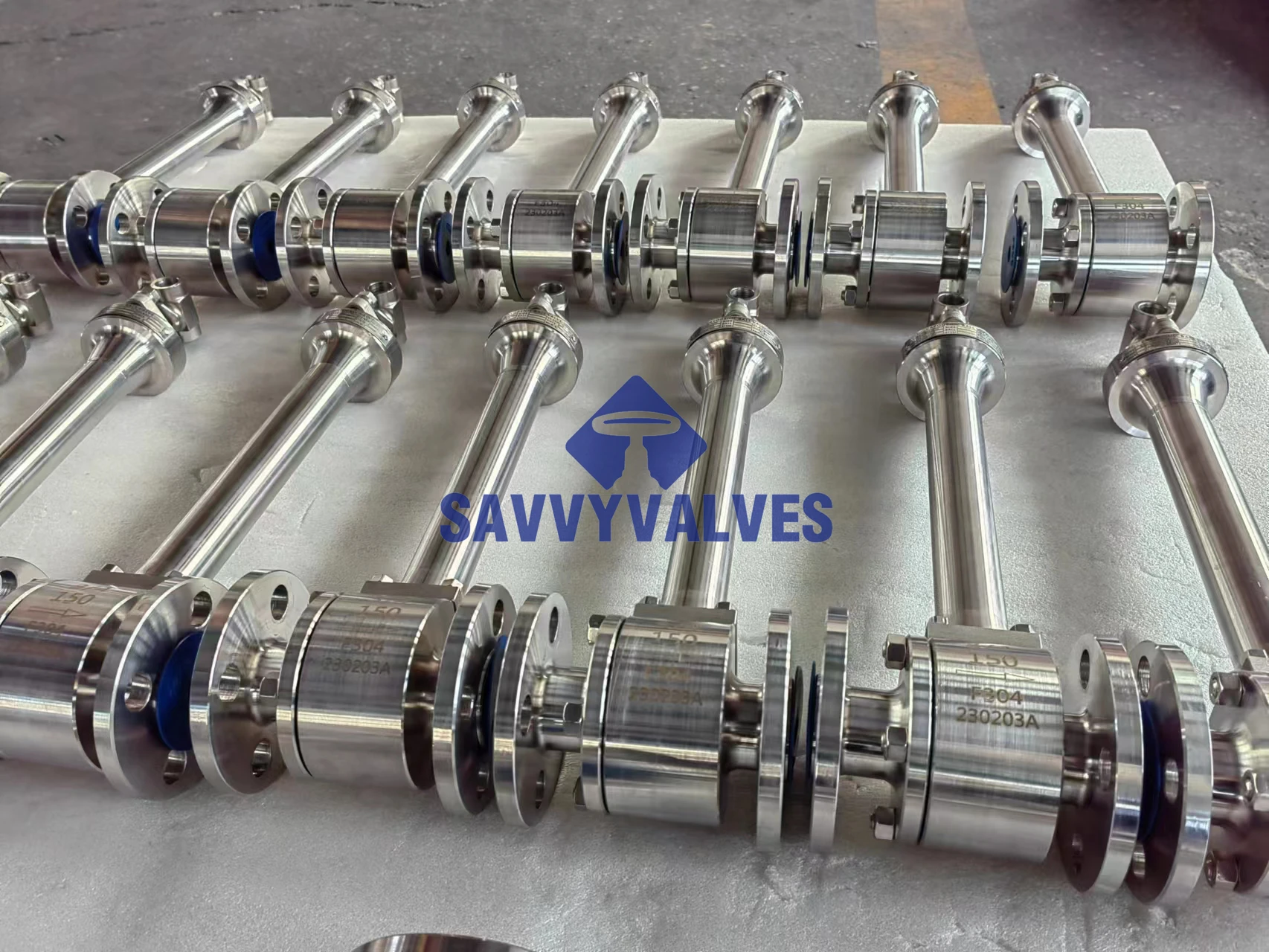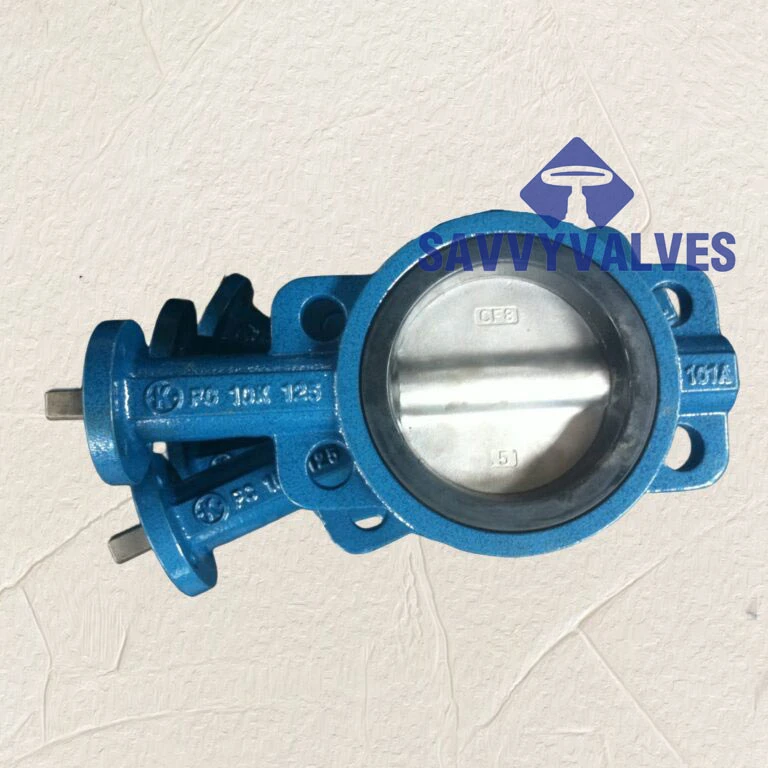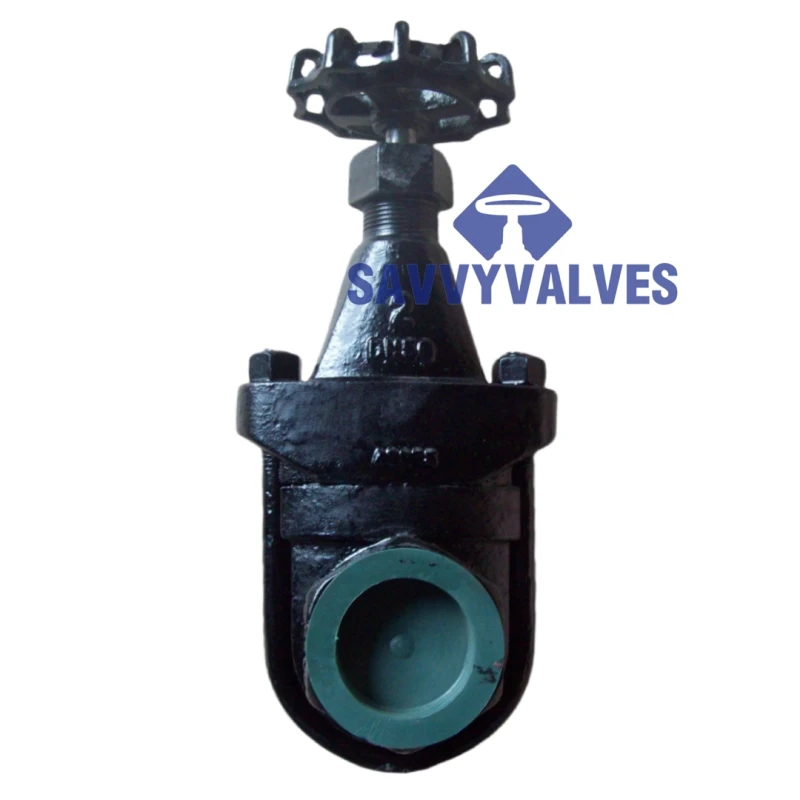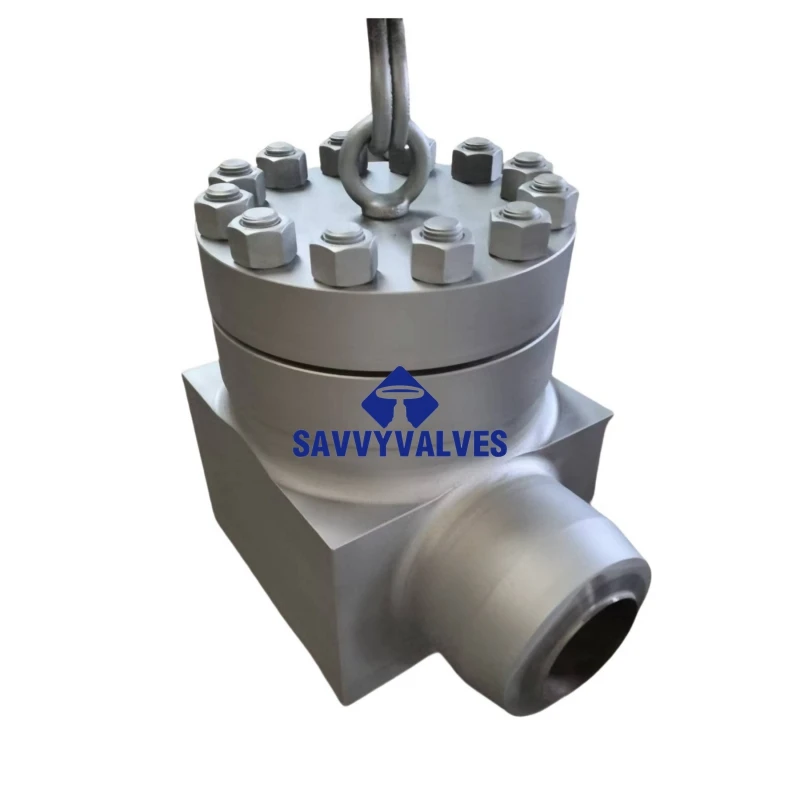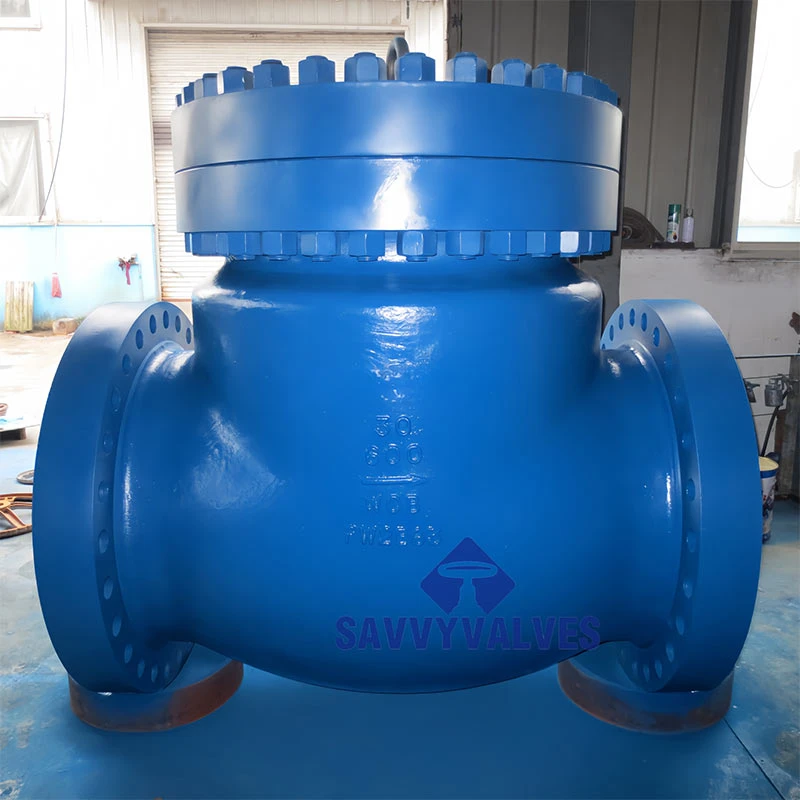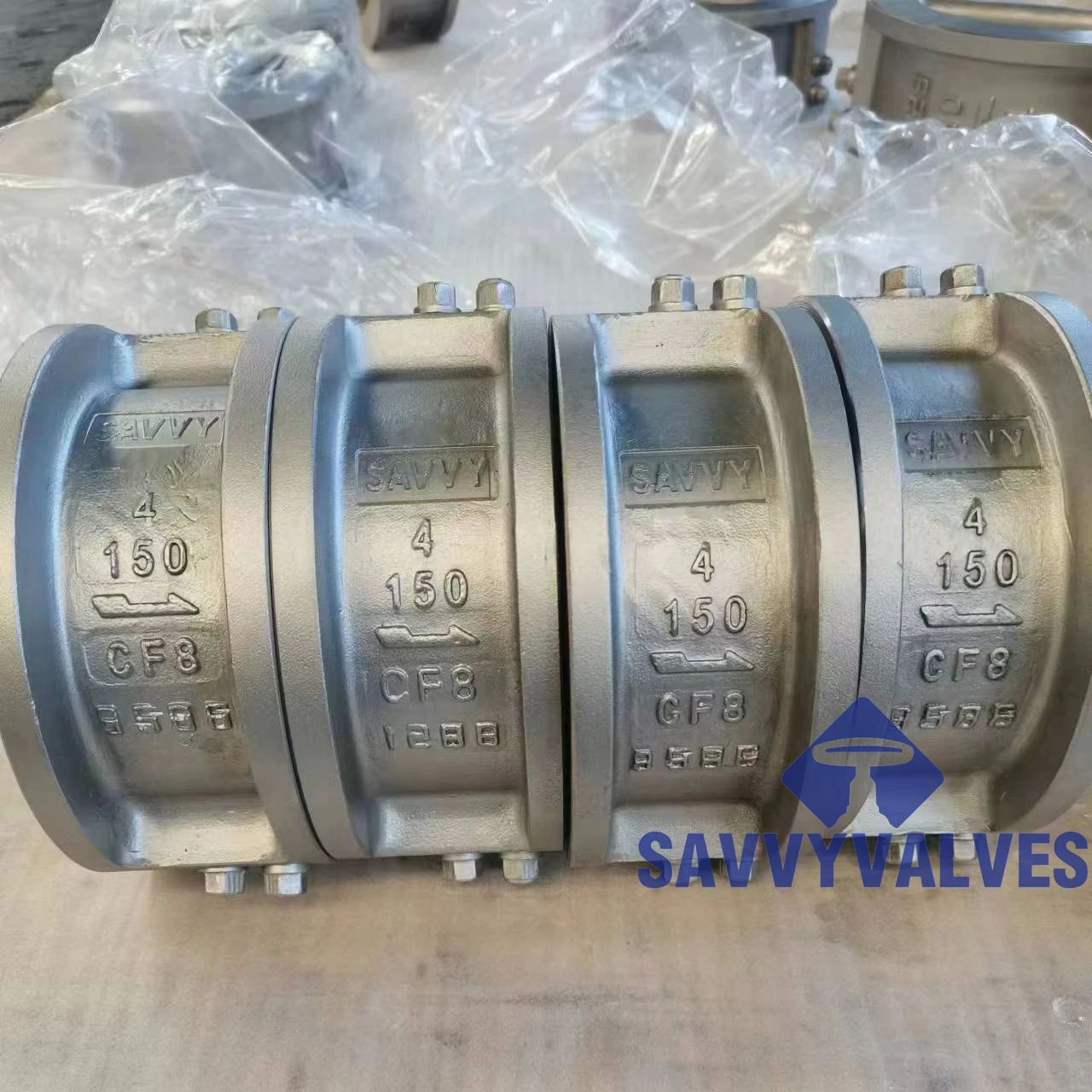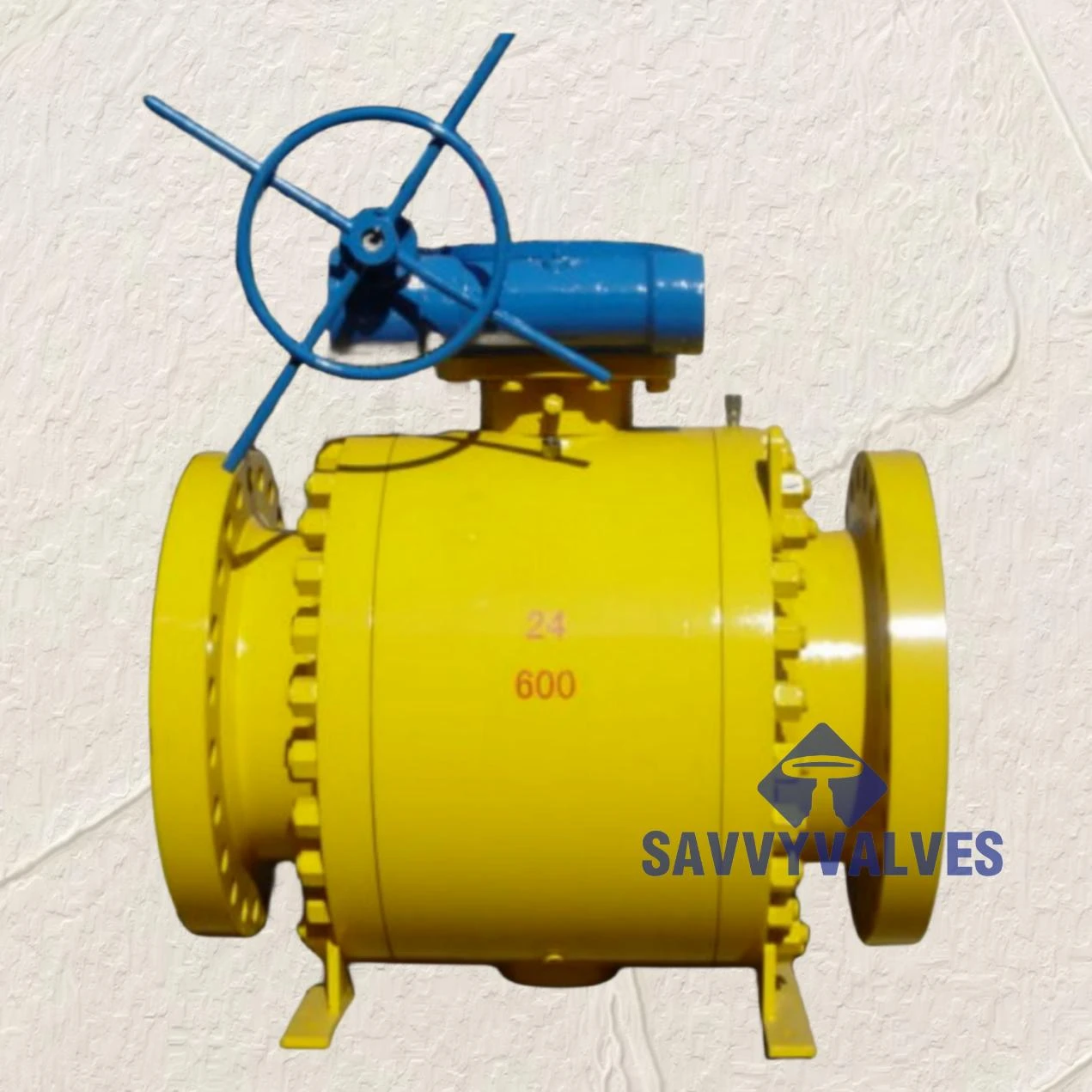- Introduction to butterfly valve ss316
: definition and core features - Technical advantages of SS316 butterfly valves in industrial applications
- Comparison of major manufacturers: performance, materials, and pricing
- Dimensional analysis: Understanding DN150 and DN100 butterfly valve standards
- Customized solutions and engineering flexibility in valve selection
- Real-world case studies: Industry success with SS316 butterfly valves
- Conclusion: Why butterfly valve ss316 remains the industry benchmark
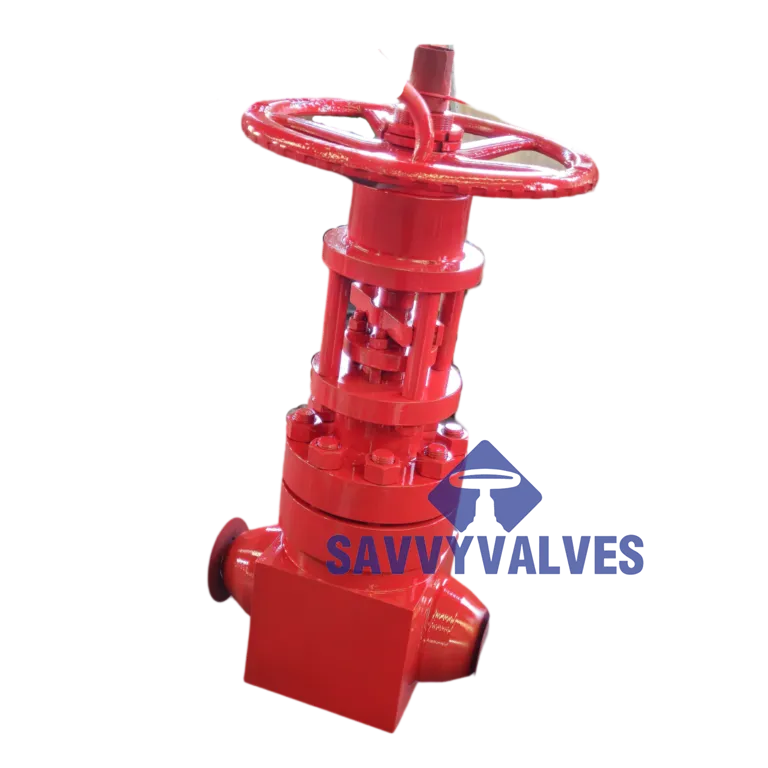
(butterfly valve ss316)
Introduction to Butterfly Valve SS316: Definition and Core Features
The butterfly valve ss316 is a pivotal component in modern flow control systems, particularly in industries demanding stringent performance under corrosive and high-pressure environments. Characterized by a rotating disc that controls fluid passage, its SS316 (stainless steel 316) construction endows it with superior resistance to chemical attack, making it ideal for a wide spectrum of industrial applications. The unique metallurgical composition of SS316, featuring 16-18% chromium, 10-14% nickel, and 2-3% molybdenum, delivers an advanced level of pitting and crevice corrosion resistance surpassing standard 304 stainless steel valves. Such attributes ensure extended operational lifespan and reduced maintenance cycles, addressing both performance and cost-efficiency requirements.
Technical Advantages of SS316 Butterfly Valves in Industrial Applications
The enhanced durability of SS316 butterfly valves arises from their resistance to extreme temperatures (up to 1200°F/649°C) and harsh chemicals including chlorides, acids, and alkalis. These properties allow the valves to excel in sectors such as chemical processing, marine applications, water treatment, and pharmaceutical manufacturing. For example, studies reveal that SS316 butterfly valves can withstand over 2000 hours of continuous salt spray exposure according to ASTM B117, outperforming alternative alloys in coastal or offshore deployments. Additionally, their compact design minimizes installation space, promotes lower pressure drops, and offers rapid cycling with minimal torque. This synergy of mechanical reliability and corrosion-resistant performance ensures precise flow regulation while maintaining process integrity across diverse environments.
Comparison of Major Manufacturers: Performance, Materials, and Pricing
Decision-making for critical flow control equipment mandates a robust evaluation of manufacturer offerings to balance quality, reliability, and budget considerations. Below is a comparative analysis of leading global suppliers of butterfly valve ss316, factoring in core performance metrics, material integrity, certification standards, and cost structures.
| Manufacturer | Pressure Rating | Size Range (DN) | Seat Material | Corrosion Rating | Certifications | Average Lead Time (weeks) | Unit Price (USD) |
|---|---|---|---|---|---|---|---|
| Emerson (Keystone) | 16 bar | DN50–DN1200 | EPDM/Viton/PTFE | Excellent | API 609, ISO 9001 | 8 | $320–$1200 |
| AVK Group | 16 bar | DN50–DN600 | EPDM | Excellent | WRAS, EN 593 | 6 | $280–$900 |
| KSB | 25 bar | DN32–DN1000 | EPDM/NBR/PTFE | Superior | DIN, API, ISO | 10 | $350–$1350 |
| Bray | 16 / 25 bar | DN50–DN1200 | Viton/NBR/PTFE | Excellent | SIL, ATEX | 7 | $295–$1100 |
As the table indicates, while all top-tier manufacturers deliver robust corrosion resistance and compliance with international standards, variations exist in pressure ratings, lead times, and pricing. KSB, for instance, offers higher pressure ratings up to 25 bar, though at a premium cost and extended lead time. Bray and AVK balance price and performance for widespread use in municipal, marine, and industrial settings.
Dimensional Analysis: Understanding DN150 and DN100 Butterfly Valve Standards
Comprehensive knowledge of the dn150 butterfly valve dimensions and dn100 butterfly valve dimensions is crucial for seamless integration into existing piping infrastructure. Standards, defined by ISO 5752 and EN 558, regulate face-to-face lengths, flange drilling standards, and overall envelope size.
| Valve Size | Bore (mm) | Face-to-Face (mm) | Overall Height (mm) | Weight (kg) | Recommended Torque (Nm) |
|---|---|---|---|---|---|
| DN100 | 100 | 52 (Wafer) | 210 | 5.7–7.2 | 32–45 |
| DN150 | 150 | 56 (Wafer) | 250 | 8.5–11.0 | 60–78 |
The above data establishes a framework for consistent valve design and installation specifications. DN100 and DN150 butterfly valves in SS316 exhibit relatively low face-to-face dimensions, making them favorable for compact pipelines. They produce minimal pressure drops, and their operating torques facilitate both manual and automated actuation. Accurate dimensional adherence prevents system leaks and allows interoperability with global pipeline systems.
Customized Solutions and Engineering Flexibility in Valve Selection
Addressing unique operational challenges frequently requires customization in valve materials, seat types, actuation methods, flange connections, and coatings. For sectors with aggressive or high-purity process media, engineering modifications might include PTFE-lined discs, specialized elastomers, fire-safe designs, or full vacuum ratings. Moreover, intelligent valve automation can be integrated through electric, pneumatic, or hydraulic actuators with advanced position monitoring and feedback systems. Global suppliers now offer extensive CAD libraries and rapid prototyping services, enabling plant designers to simulate flows and optimize valve configurations before procurement. These tailored solutions, underpinned by ongoing material science advancements, empower engineers to achieve optimal reliability, efficiency, and regulatory compliance, even in highly customized installations.
Real-world Case Studies: Industry Success with SS316 Butterfly Valves
The application of SS316 butterfly valves spans a diverse array of industries—each with stringent demands for safety, hygiene, and longevity. In a leading European water treatment plant, transitioning to SS316 butterfly valves resulted in a 37% decrease in unplanned downtime related to corrosion-induced failures over three years. A major offshore oil platform documented extension of major overhaul intervals from 18 to 48 months after replacing legacy valves with DN150 SS316 variants, citing excellent chloride resistance and minimal scaling inside valve internals. Similarly, a pharmaceutical manufacturing facility leveraged DN100 butterfly valve ss316 solutions in their CIP (Clean-In-Place) systems, where superior sanitary standards were maintained even after 10,000 operational cycles with aggressive cleaning agents. These cases underscore the proven capability of SS316 butterfly valves to elevate operational reliability, reduce total cost of ownership, and ensure regulatory compliance across critical process sectors.
Conclusion: Why Butterfly Valve SS316 Remains the Industry Benchmark
Ultimately, the butterfly valve ss316 continues to set the standard for performance, durability, and engineering flexibility in demanding fluid control applications. With outstanding corrosion resistance—driven by its molybdenum-enriched microstructure—it stands apart from other grades by ensuring uptime in harsh environments. Data-driven comparisons, custom engineering options, and real-world deployment outcomes collectively validate its decisive advantages amid complex project requirements. For sectors prioritizing process safety, lifecycle cost reduction, and regulatory compliance, the butterfly valve ss316 is not just a product choice—it is a critical asset for sustainable infrastructure.
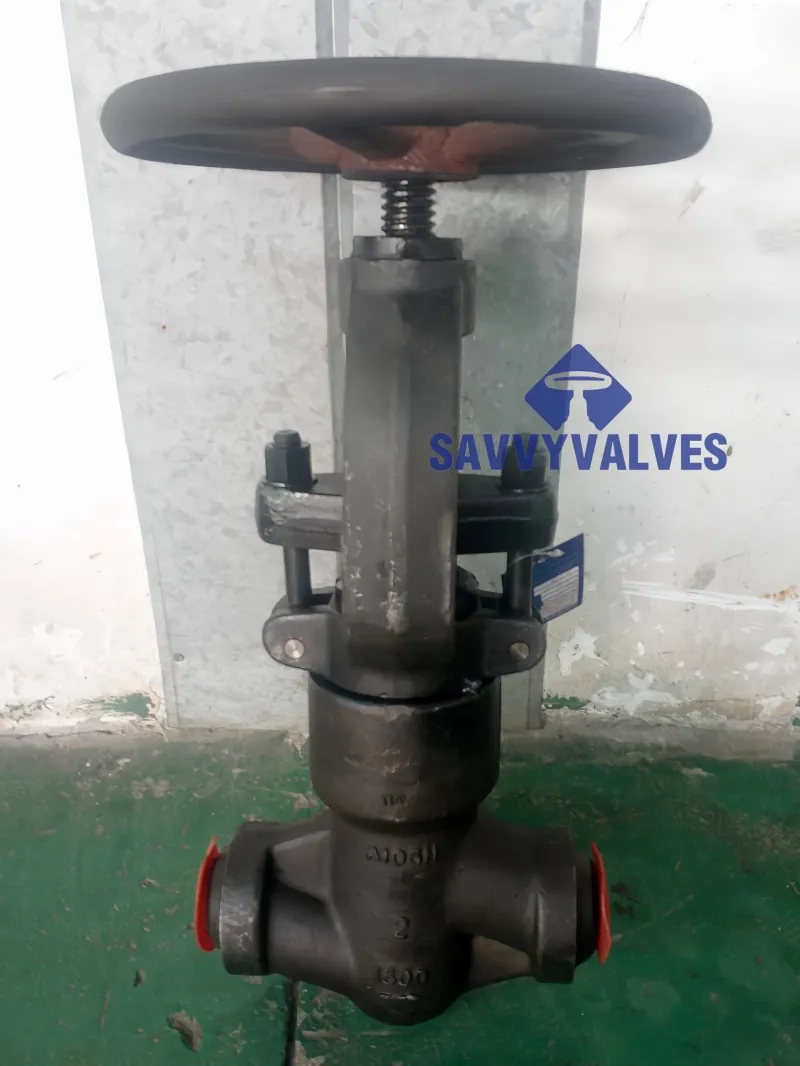
(butterfly valve ss316)

